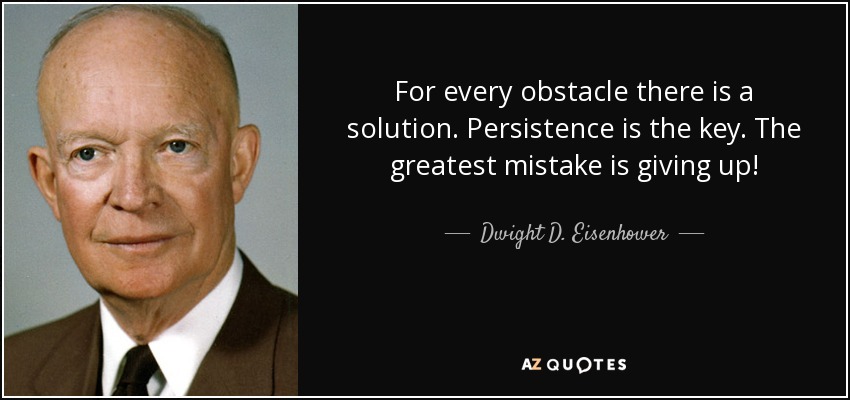
USA Trivia Answer #78
Who said:
“For every obstacle there is a solution. Persistence is the key. The greatest mistake is giving up!”
Answer:
President Dwight D. Eisenhower
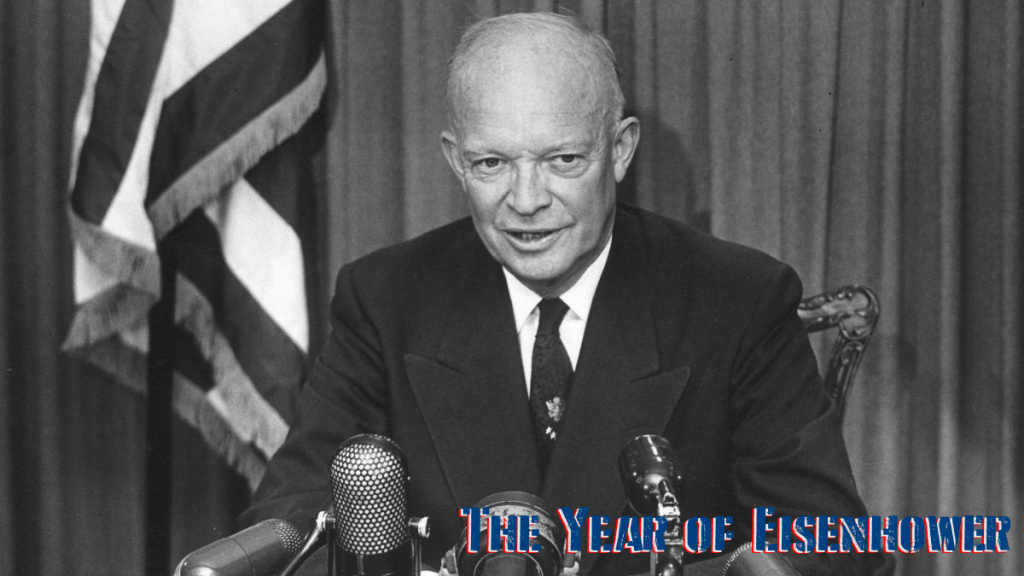
Month: April 2019
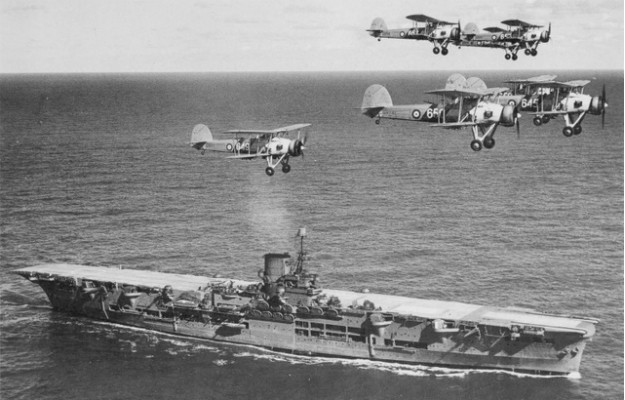

Who said:
“We have before us an ordeal of the most grievous kind. We have before us many, many long months of struggle and of suffering. You ask, what is our policy? I will say: To wage war, by sea, land, and air, with all our might and with all the strength that God can give us; to wage war against a monstrous tyranny, never surpassed in the dark, lamentable catalogue of human crime. That is our policy. You ask, what is our aim? I can answer in one word: It is victory, victory at all costs, victory in spite of all terror, victory however long and hard the road may be; for without victory there is no survival.”
This section on USA Trivia will focus mostly on presidential trivia, but don’t be surprised to find questions or quotes by generals, founding fathers, or other historical figures!
USA Trivia is meant to be fun and educate at the same time. Don’t be afraid to exercise a few brain muscles when you read these US Trivia questions. Please don’t jump right to the Internet to answer these questions. See if you can answer them on your own with what you know about US history.
Feel free to leave a comment, ask a question, or maybe say thank you. The best way to share your appreciation for this US Trivia section is to share. We added the social media share buttons for your convenience. Use them. Share with comments and the SHARE buttons. They really, really work.
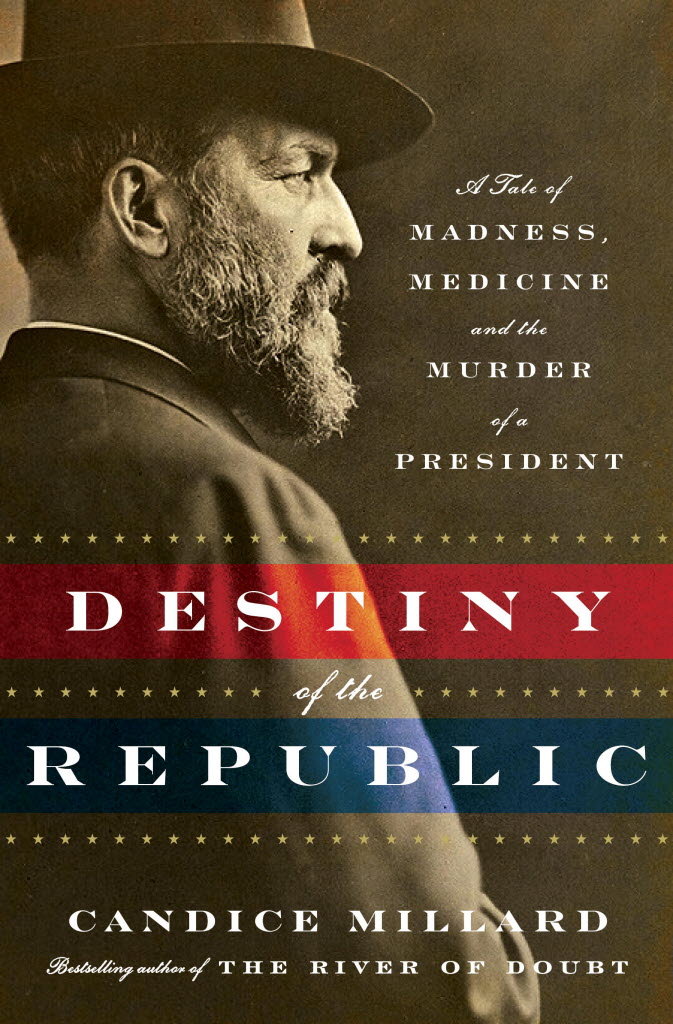

I will be the first to admit that I knew next to nothing about the 20th President of the US: James A Garfield. But that’s probably the case for many of us.
Garfield was only in office for a mere 3 months. But did you know that Garfield never – not even once – campaigned for the role of the Republican nomination nor for the office of president? He was elected the Republican candidate against his will.
A civil war hero, he was beloved by his party and by his country. He was petitioning civil rights back during the war, and helped to create and pass laws that gave blacks more freedoms. Garfield truly was an amazing man, yet many people today probably don’t even know his name, despite his having held the highest office in the land.
We can make all the excuses we want, but there is no good excuse as to why this man’s name is probably never mentioned in the history classroom, aside from maybe in a list of assassinated presidents. But Destiny of the Republic gives us an inside view of the man. Born in Ohio, Garfield was one of the perfect examples of a man coming from absolute poverty, yet making it to the White House. He worked hard, studied hard, and served his country to the best of his ability.
Then, Garfield was gunned down by and shot twice, once in the arm and once in the back. Yet, surprisingly, Garfield should have survived the assault. The bullet in his back had missed all vital organs and was resting comfortably, where it could do no further damage. So, in fact, Garfield’s death was not the cause of an assassin, but of foolish doctors, who continuously poked and prodded him with unsterilized instruments – and without even washing their hands!
In fact, Destiny of the Republic goes into great detail about the medical beliefs, reasoning, discoveries, and foolishness of the era, giving readers a very clear idea of how Garfield’s life could have been spared if the attending doctors had just followed the advice of their colleagues.
But that’s not the least of it, Destiny of the Republic follows not just Garfield and then his doctors, but follows two other vital characters in the story: Charles J. Guiteau, the assassin; and Alexander Graham Bell, the man who would invent a primitive metal detector to help locate the bullet in Garfield’s back.
The story shifts between these three characters, building up the suspense without any actual explanations at the start as to why Charles J. Guiteau and Alexander Graham Bell are important to the story of James A. Garfield. But, then as the story continues to unfold, all becomes clear. And with it the importance of just why we needed background to all three men in order to understand the full story.
Along the way, we also meet Chester K. Arthur, a man whose life was changed by Garfield’s death. Arthur had the Vice Presidency thrust upon him and he in no way wanted the office of President for himself. And he had a lot of personal hurdles to overcome in order to fill Garfield’s shoes.
Destiny of the Republic is an incredible story about an amazing man whose life could have been spared. I recommend this book to anyone who wants to know more about American Presidents and especially to those who want to know more about our lesser known presidents.
Genre: History
Era: 1880’s
Goodreads: Destiny of the Republic: A Tale of Madness, Medicine, and the Murder of a President.
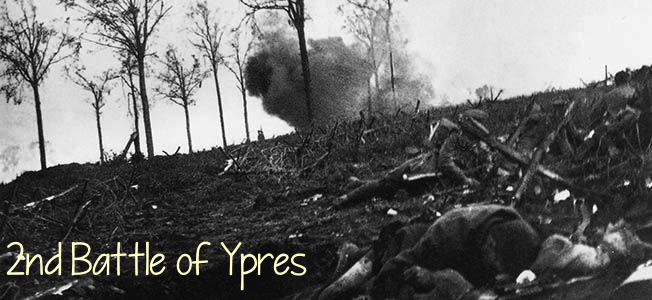

2nd Battle of Ypres
On April 22, 1915, the German 4th Army mounted a surprise attack against the Allies on the Western Front in Ypres, beginning the 2nd Battle at Ypres. They were hoping to divert Allied attention away from the Eastern Front, where it would make it easier on the Germans to fight the Russians.
Not only that, but it is very likely that the Germans were just dying to try out their new secret weapon: Chlorine Gas.
But the battle began as many others do, with a bombardment – in this case, with 17-in howitzers. But as it cleared away, the Germans did not advance as one might expect. Instead, a cloud of chlorine gas wafted down into the trenches. 168 tons of chlorine gas, released from 5,700 canisters, to be exact. This is not what they were expecting.
The gas alone took out two divisions of troops or about 10,000 troops. “The stunned Allied troops fled in panic towards Ypres, the heavy gas settling and clogging the trenches where it gathered” (Source). But it gets worse, because half of those 10,000 men died with 10 minutes, the men dying of asphyxiation. Those who didn’t die almost immediately were temporarily blinded, many of them becoming POWs.
Turned out, the Germans must not have expected the gas attack to work quite as well as it did, because they were so shocked by its effect that they failed to take advantage of their success. As a result, the Allies managed to hold their positions. After a mere three kilometers, the Germans were stopped by the British 2nd Army, under the command of General Smith-Dorrien. The day’s battle was finished, but the Germans were not.

Two days later, they Germans launched another gas attack, this time against a Canadian division. After further bombardments, the Germans pushed forward, all the way towards Hill 60.
This time, however, the Germans endured heavily losses. The Canadians were backed up by British forces, who arrived on May 3rd. Even with the extra help, though, the Allies were pushed all the way back to Ypres, hence the second battle of Ypres. Actually, General Smith-Dorrien had suggested the withdrawal to Ypres, only to be relieved of his command and sent back to England by Commander-in-Chief of the BEF, Sir John French. Unfortunately for French, Dorrien’s replacement, General Herbert Plumer, pushed through the retreat.
This plan allowed the fighting to temporarily halt. But by May 8th, it had picked up once again. It continued on this way, in an on-and-off fashion, up until May 25, when the Second Battle of Ypres finally drew to a close. This was due to one last major German assault that forced that Allies to cede. Meanwhile, on the German side a serious lack of supplies and men forced the Germans to call off any further offensives.
Losses were heavy at Ypres, especially on the Allied side, thanks to the chlorine gas attacks. The Allies suffered as many as 69,000 deaths (59,000 of which were British), while the Germans suffered the loss of some 35,000 men. What did result, though, was the Allies developing their own chemical weapons. These chemical weapons meant a new form of warfare.

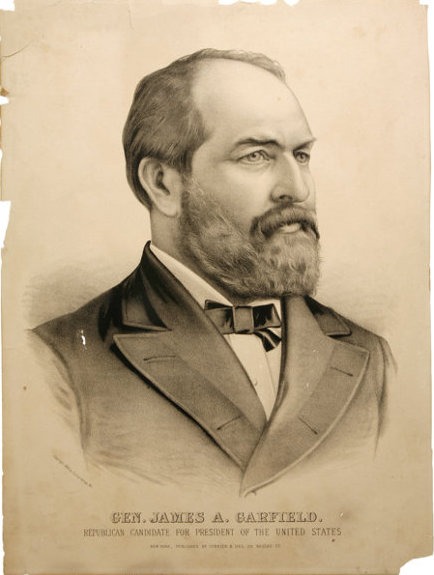

Who were James Garfield’s most ardent supporters?
This section on USA Trivia will focus mostly on presidential trivia, but don’t be surprised to find questions or quotes by generals, founding fathers, or other historical figures!
USA Trivia is meant to be fun and educate at the same time. Don’t be afraid to exercise a few brain muscles when you read these US Trivia questions. Please don’t jump right to the Internet to answer these questions. See if you can answer them on your own with what you know about US history.
Feel free to leave a comment, ask a question, or maybe say thank you. The best way to share your appreciation for this US Trivia section is to share. We added the social media share buttons for your convenience. Use them. Share with comments and the SHARE buttons. They really, really work.
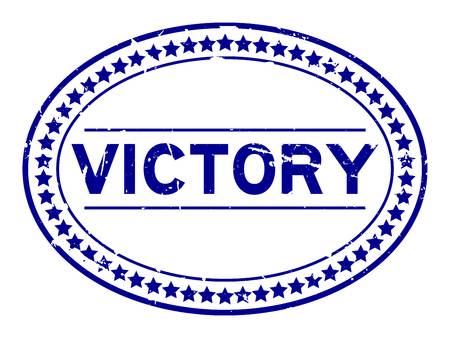
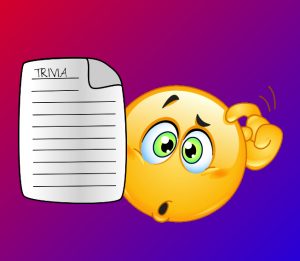
Who said:
“Accept challenges so that you may feel the exhilaration of victory.”
This section on USA Trivia will focus mostly on presidential trivia, but don’t be surprised to find questions or quotes by generals, founding fathers, or other historical figures!
USA Trivia is meant to be fun and educate at the same time. Don’t be afraid to exercise a few brain muscles when you read these US Trivia questions. Please don’t jump right to the Internet to answer these questions. See if you can answer them on your own with what you know about US history.
Feel free to leave a comment, ask a question, or maybe say thank you. The best way to share your appreciation for this US Trivia section is to share. We added the social media share buttons for your convenience. Use them. Share with comments and the SHARE buttons. They really, really work.
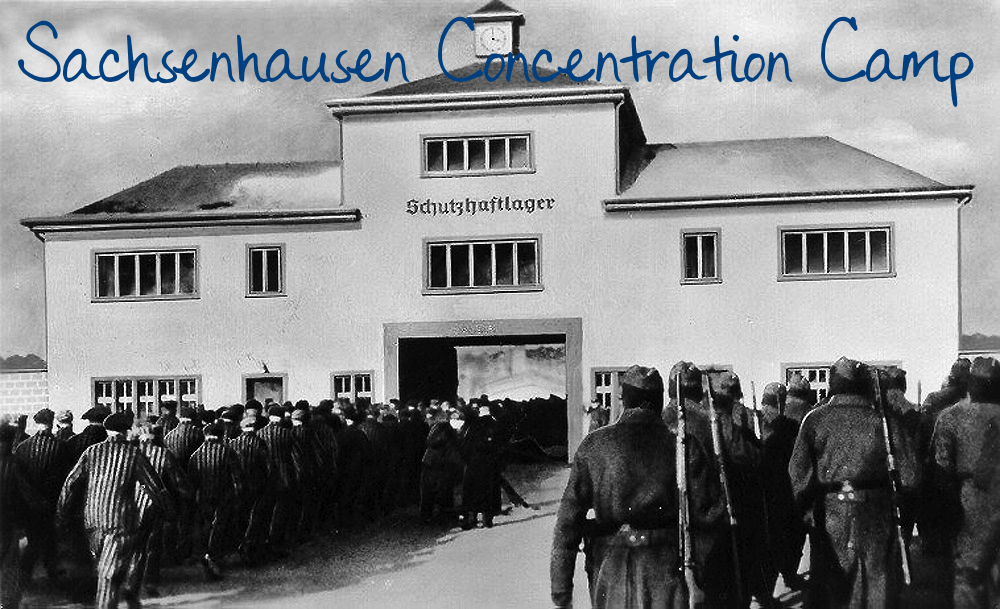
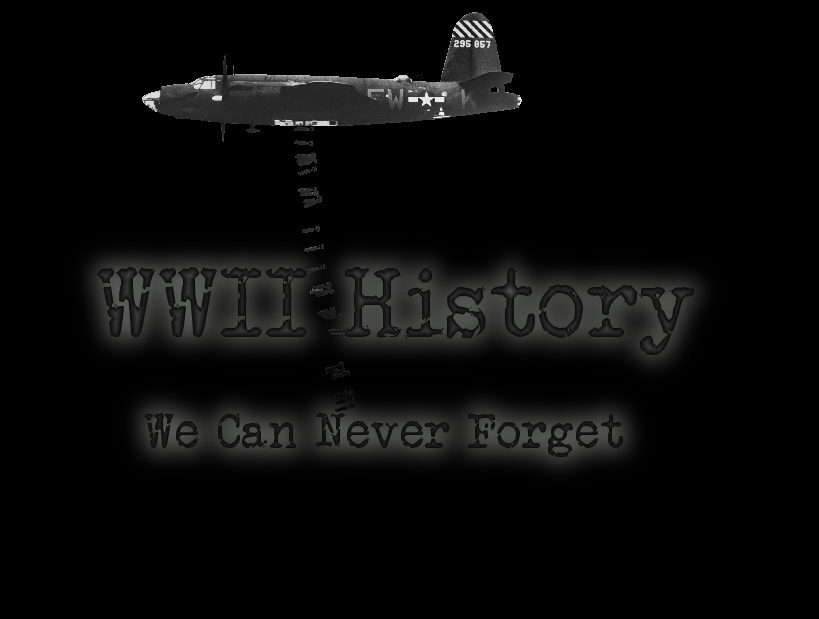
Sachsenhausen Concentration Camp
Sachsenhausen Concentration Camp was built in July 0f 1936 by prisoners from other camps in Oranienburg, Germany. Eventually, 44 other subcamps to Sachsenhausen were built. It housed its first prisoners in September 1938 under the commanding of Hermann Baranowski, Hans Loritz, Walter Eisfeld, and Anton Kaindl.
At first, the main prisoners at Sachsenhausen were German Communists, social democrats, and Jews, as well as some asocials, numbering some 5,000 in total. Later Soviet POWs were also sent to the camp. Two months after Sachsenhausen was opened, Kristallnacht shook the streets of Germany. Afterwards, some 1,800 more Jews were rounded up and sent to the camp. A mere year later, the prisoner count had climbed to 11,300. “Hundreds of prisoners died as the result of a typhus epidemic and the refusal of medical aid to the sick. The corpses were initially taken to the crematorium in Berlin; it was in April 1940 that a crematorium was set up in the camp itself. Executions were a daily occurrence. . . . In autumn 1941, the effects of the gas wagons were tested on the prisoners in Sachsenhausen ahead of it’s planned use in the east” (Source). In 1939 alone, more than 800 prisoners died due to lack of medical care. The number, however, jumped significantly in 1940, to a whopping 4,000 deaths.
Like other concentration camps across Europe during WWII, the punishments were harsh, to say the least. These included daily executions, the “Sachsenhausen Salute” – in which prisoners were forced to squat while holding their hands outstretched in front of them – as well as the unusual punishment of walking around the perimeter of the camp, essentially wearing in military footwear. Some were punished by being sent to the Punishment Company, where they were killed through torture, beatings, and starvation. Worse yet, “Some would be suspended from posts by their wrists tied behind their backs. In cases such as attempted escape, there would [be] a public hanging in front of the assembled prisoners” (Source).
While the SS guards lived and used several brick buildings, the inmates themselves, of course, lived in overcrowded wooden barracks. These were just beyond the roll call area. “The layout was intended to allow the machine gun post in the entrance gate to dominate the camp but in practice it was necessary to add additional watchtowers to the perimeter” (Source).
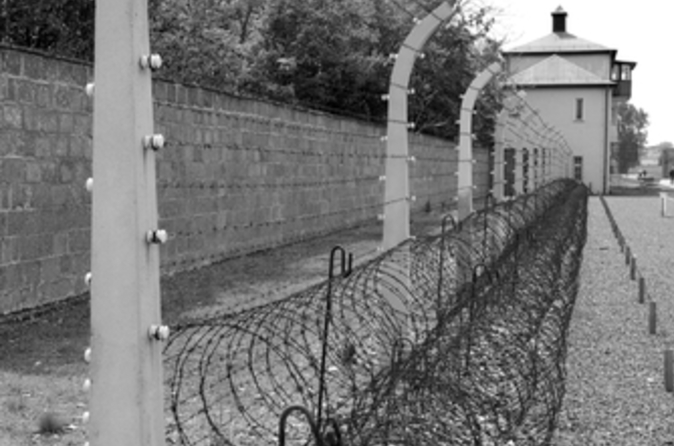
The standard barrack layout was two accommodation areas linked by common washing and storage areas. Heating was minimal” (Source). There was also in infirmary, a camp kitchen, as well as a kitchen laundry. Just outside the perimeter of the camp was an industrial yard containing SS workshops. Prisoners were forced to work here. In fact, the Heinkel He 177 bomber was made at Sachsenhausen. Between 6,000 and 8,000 prisoners were forced to labor on the He 177 during the workshop’s operation.
Then, on January 31, 1942, the SS demanded that prisoners would build “Station Z.” The sole purpose of “Station Z” was extermination. Following this, the SS of Sachsenhausen invited high ranking Nazi officers to watch the inauguration of their new installation. On May 29, the SS tried out “Station Z” with the execution of 96 Jews. The following March, a gas chamber was added.
As the Allied advance began in 1944 & 45, the numbers in Sachsenhausen grew exponentially. This continued until April 20th & 21st, when, as the Red Army drew in, the SS began the Death March. “They were divided in groups of 400. The SS intended to embark them on ships then sink those ships” (Source). However, so many of the prisoners were already too weak to walk. Thus, thousands were shot.
Sachsenhausen was liberated by the Red Army on April 22nd. At that time some 3,000 prisoners were still interned. Overall, it is estimated that some 200,000 prisoners passed through Sachsenhausen, some 30,000-35,000 perishing.
However, what isn’t often discussed is that the Soviets kept it as a concentration camp. Soviet Special Camp No. 7 moved into Sachsenhausen. Here, many German prisoners were kept as well as “political prisoners and inmates sentenced by the Soviet Military Tribunal” (Source). These included anti-Communists and others opposed to the Soviets. The Soviets kept the camp open for another five years, during which time some 60,000 more people were interned. Some 12,000 had died of malnutrition and disease.
In 1956, the East German government decided to make the former camp and national memorial. It was inaugurated on April 22, 1961. Then in 1990, mass graves from the Soviet camp were discovered. Today there is a museum to document the camp’s time as Sachsenhausen and a museum documenting it’s time as a Soviet camp.
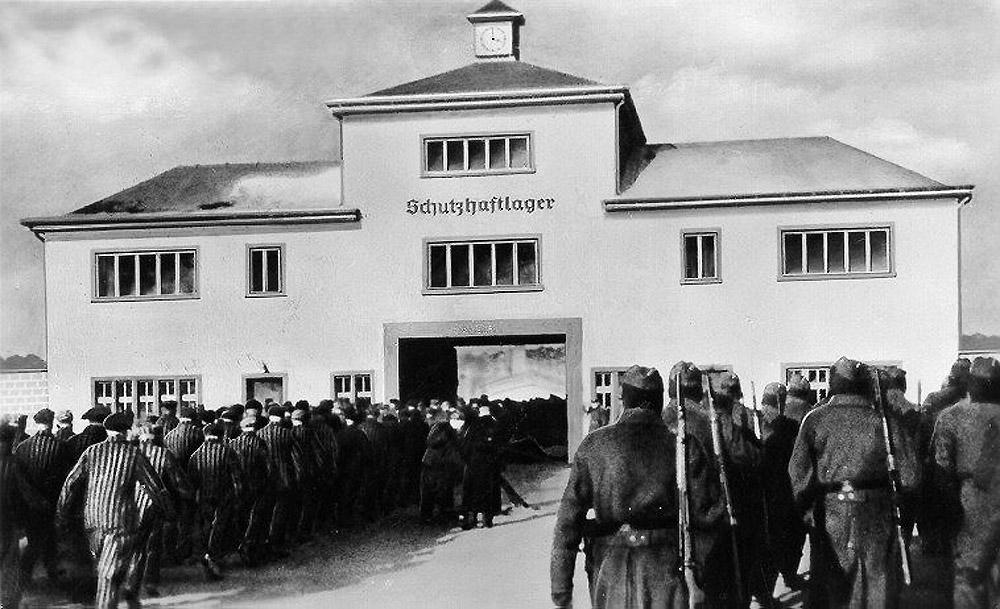
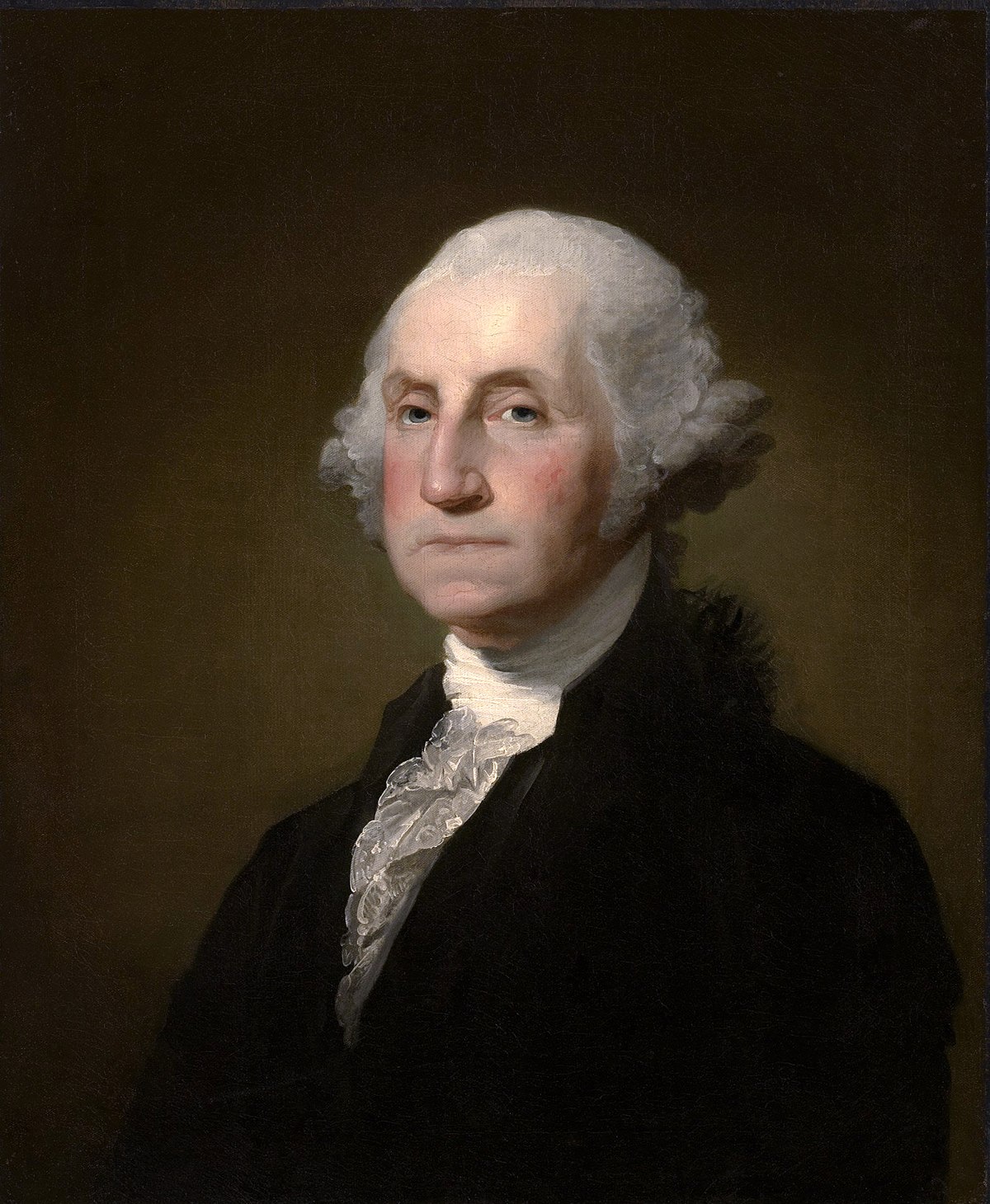

Instead of the 1st President of the United States, George Washington could have been elected the first American what?
This section on USA Trivia will focus mostly on presidential trivia, but don’t be surprised to find questions or quotes by generals, founding fathers, or other historical figures!
USA Trivia is meant to be fun and educate at the same time. Don’t be afraid to exercise a few brain muscles when you read these US Trivia questions. Please don’t jump right to the Internet to answer these questions. See if you can answer them on your own with what you know about US history.
Feel free to leave a comment, ask a question, or maybe say thank you. The best way to share your appreciation for this US Trivia section is to share. We added the social media share buttons for your convenience. Use them. Share with comments and the SHARE buttons. They really, really work.